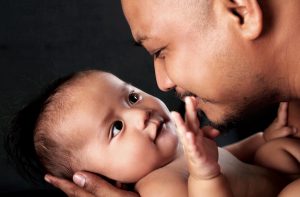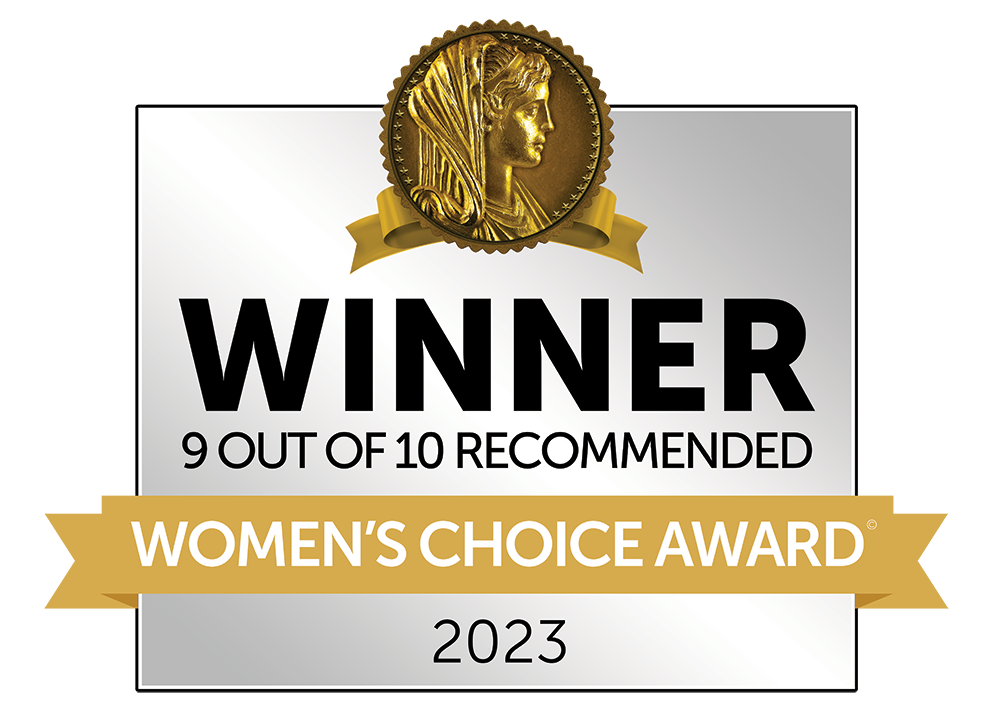 Here at BabySparks we talk a lot about interacting with your baby. In fact, we designed our entire program around back-and-forth between you and your little one. Research shows that engaging with your baby in meaningful ways, whether you’re helping him learn to walk or playing peek-a-boo, changes the shape of his brain and sets him up for success in all areas of his life. One of these areas is language.
Here at BabySparks we talk a lot about interacting with your baby. In fact, we designed our entire program around back-and-forth between you and your little one. Research shows that engaging with your baby in meaningful ways, whether you’re helping him learn to walk or playing peek-a-boo, changes the shape of his brain and sets him up for success in all areas of his life. One of these areas is language.
Highlights:
|
What is the 30 Million Word Gap?
Over 20 years ago, researchers at The University of Kansas embarked on a now-famous study: Meaningful Differences in the Everyday Experiences of Young Children. Their work highlighted the crucial role verbal interactions between babies/toddlers and their caregivers plays in language acquisition and later success in school.
The researchers recruited 42 families with children roughly 7-8 months old. 13 of the families were professional, 23 were working-class, and 6 were living on welfare. For one hour every month, the researchers observed the children and their parents, tracking their verbal interactions.
The results showed that children from the professional families heard an average of 2,150 words every hour, while those from the working-class and welfare families heard an average of 1,250 and 600 per hour, respectively.
This means that by age 3, children from the professional families heard an average of 30 million more words than children from the families on welfare. What’s more, follow-up studies showed that the children who heard more words had superior language skills, higher IQs, and better academic outcomes in elementary school.
More Than Words
The 30 million word gap suggests that it’s important for babies and toddlers to hear a lot of words, but the study’s authors as well as other researchers agree that simply saying words to a child isn’t enough. The quality of the verbal interactions also plays a role.
The authors of the Meaningful Differences study noted that in addition to the number of words children heard, better language and academic outcomes were also associated with the amount of encouraging and discouraging feedback they received. Children from professional families received an average of 32 affirmations and 5 prohibitions per hour, while those from welfare families heard an average of 5 affirmations and 11 prohibitions.
Findings from other researchers also point to the importance of conversational qualities such as shared focus (your baby is interested in a toy, you also show interest), using body language along with words (you make eye contact with your baby and use facial expressions and gestures while speaking), conversational turn-taking (you engage in back-and-forth communication with him), and building on what he says (if he babbles or talks about a cat you say, “Look at the black cat! She’s so furry!”).
What This Means for You
The key take-away is that no matter your financial status, engaging in warm and meaningful verbal interactions with your baby as often as you can will boost his language development (and countless other areas of development as well).
Your baby depends on you to teach him language, and it’s never too early to start! From the moment he’s born, thoughtfully responding to his sounds, expressions and gestures counts as conversation and lays the foundation for all language learning.
You can read more about language development in our articles on expressive language, receptive language, and pragmatic language.
Back






